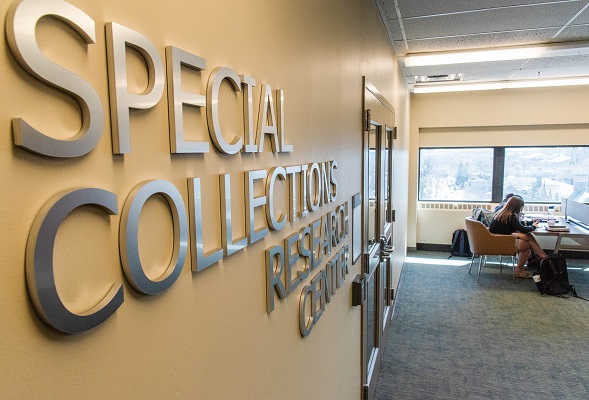The papers in the Kay Boyle collection cover the following areas: typed drafts with corrections of her Cambodia assignment for the Progressive. Photos taken during her trip to Cambodia in late July 1966. The first of two folders containing photos reflects various aspects of a public gathering where Boyle can be seen seated in front along with members of Americans Want to Know. The second folder contains photos of war damage shot by the delegation during their tour in the countryside. Other materials include private letters to Boyle from friends, including a friendly letter from Joan Baez (postmarked November 1989), writing about her writing and her visits to Redwood City volunteering in an AIDS clinic, among other things. Also included are institutions and newspaper clippings on Boyle's long time friend, Frances Steloff including black and white photographs of Steloff. Steloff is the founder of Manhattan's Gotham Book Mart and patron of alternative authors such as Henry Miller, Marianne Moore and Kenneth Patchen. Other than a letter from the managing editor of the New York Times, in which the Cambodia trip is mentioned, these items have no connection to the Cambodia assignment. The papers are placed in one box containing six folders. The photos provide a glimpse of cultural and political life at the time. They capture considerable Buddhist presence including rituals in which Prince Sihanuk is a participant. The photos also document public opulence associated with a royal procession, as well as intimate interaction between the Prince and his civilian and military constituency. In the countryside, the photos provide images of rural life and the collateral damage resulting from US bombing. The Cambodia photos, and photos of Frances Steloff at her centennial, are the heart of this collection. However, they are not unique, for similar photos permeate the public record. Similarly, the drafts of Boyle's assignment contain scant corrections that add little to the discourse on Boyle's style. The drafts resemble the article published in the Progressive. The archival value of this collection is limited to the black and white photos.
Kay Boyle was born in Minnesota on March 19, 1903. She married Richard Brautvin, a Frenchman, in 1922. She moved to Europe the following year where she remained until the events of W.W.II 20 years later forced her to return with her family. Boyle worked with Lola Ridge and was influenced by her. Boyle's first poems were published in Broom and Poetry. She was also encouraged by Ernest Walsh, editor of This Quarter. Boyle became a "protean" member of the Revolution of the World movement, started by Eugene Jolas, editor of Transition. In 1931 Boyle divorced Brautvin and married Laurence Vail, an American, and lived in Megeve, Haute Savoie. She described herself and husband Laurence Vail as "both radical minded socially and politically." Boyle's skills as a writer are exemplified in her masterful short stories. A study on epic poems on aviation earned her a Guggenheimer Fellowship in 1934. A year later Boyle received the O. Henry Memorial Prize for her short story The White Horses of Vienna. A number of her 50 books drew on her European experience and it is said that she was influenced by the "transition school." Boyle returned to the U S in 1941, crossing the Atlantic with her family by Clipper plane, and took residence in Nyack, New York. There she divorced Vail and married Baron Joseph von Franckenstein. In New York, Boyle worked as the European correspondent for the New Yorker from 1946 until 1953. Later Boyle taught at San Francisco State University (1963-79) and was outspoken in opposing the Vietnam War. In late July 1966 Boyle accompanied six other U S citizens, including a member of CORE, on a trip to Cambodia sponsored by the committee of Americans Want to Know. The delegation's aim, according to Boyle, "is for the purpose of investigating the borders of Cambodia and her neighbors...in the face of persistent reports from Saigon, the Pentagon and State Department, that Cambodia is being used as a sanctuary for the Vietcong, as well as a supply route for the passage of arms and supplies into Vietnam." She reported her findings in the November issue of the Progressive in 1966. Her principle works include: Wedding Day and Other Short Stories, 1929; Plagued by the Nightingale, 1930; Death of a Frenchman, 1936; Glad Day (poems), 1938; The Youngest Camel (juvenile), 1939; Armistice Diary, 1942; Thirty Stories, 1946; Pinky the Cat, 1967; The Underground Woman, 1975; and Fifty Stories, 1980.
